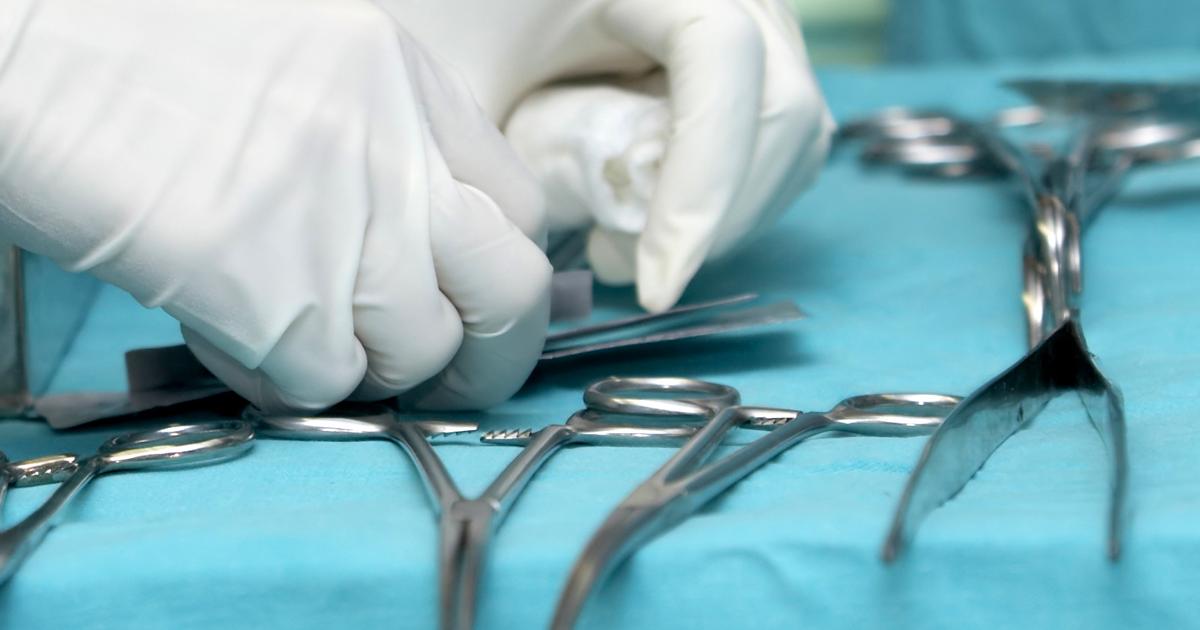Treatment Options For Cervical Dystonia
Heat Therapy
Some patients can benefit from heat therapy including heating packs and massage. These therapies are typically used in conjunction with injections or other forms of symptom relief. Because of the severity of symptoms, it's unlikely that cervical dystonia can be managed with the use of at-home remedies alone. Home remedies may be effective at reducing pain temporarily. The goal of heat therapy is to improve the body's blood flow and circulation surrounding a particular point. By raising the temperature, patients might be able to increase the flexibility of their affected muscle and soothe some of the discomfort. In some cases, heat therapy can be effective at healing damaged tissue, and even slight temperature increases to the affected area can make a difference. Heat therapy treatments are typically used in cases where a patient is experiencing ongoing muscle stiffness or pain. Conversely, cold therapy and ice treatments are typically used in cases where there's an acute injury. Heat helps relax the blood vessels and allow more blood flow, while cold therapy restricts the blood vessels and reduces sensation.
Get more details on how to treat cervical dystonia now.
Cut The Nerves

For some individuals, injections and oral medications won't help. They may show some results, but they might not help enough. If patients are still experiencing serious pain, discomfort, and dysfunction despite these treatments, their doctor might investigate the possibility of surgical procedures, such as cutting the nerves. During this operation, a surgeon will sever the nerves that tell the affected muscles to contract. This may have a similar effect to botulinum toxin injections, but it tends to be much more permanent. The procedure is commonly referred to as selective peripheral denervation. The exact elements involved in the procedure will vary depending on the muscles affected, but when the procedure is possible, there have been reports indicating its effective. However, it might not be possible for a surgeon to access the nerves involved in the muscle spasms. In addition, some surgeons may be hesitant to perform the procedure because of the high chance of side effects. Rehabilitation is necessary following the surgery, and in most cases, long rehab periods are common.
Discover additional options for treating cervical dystonia now.
